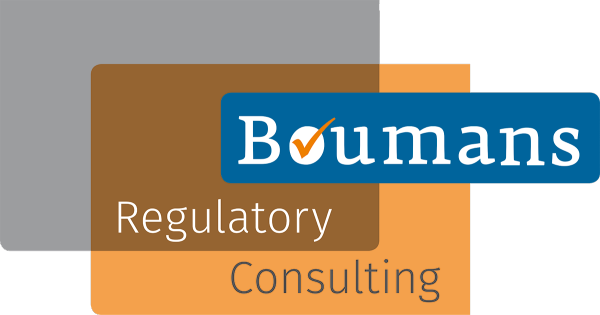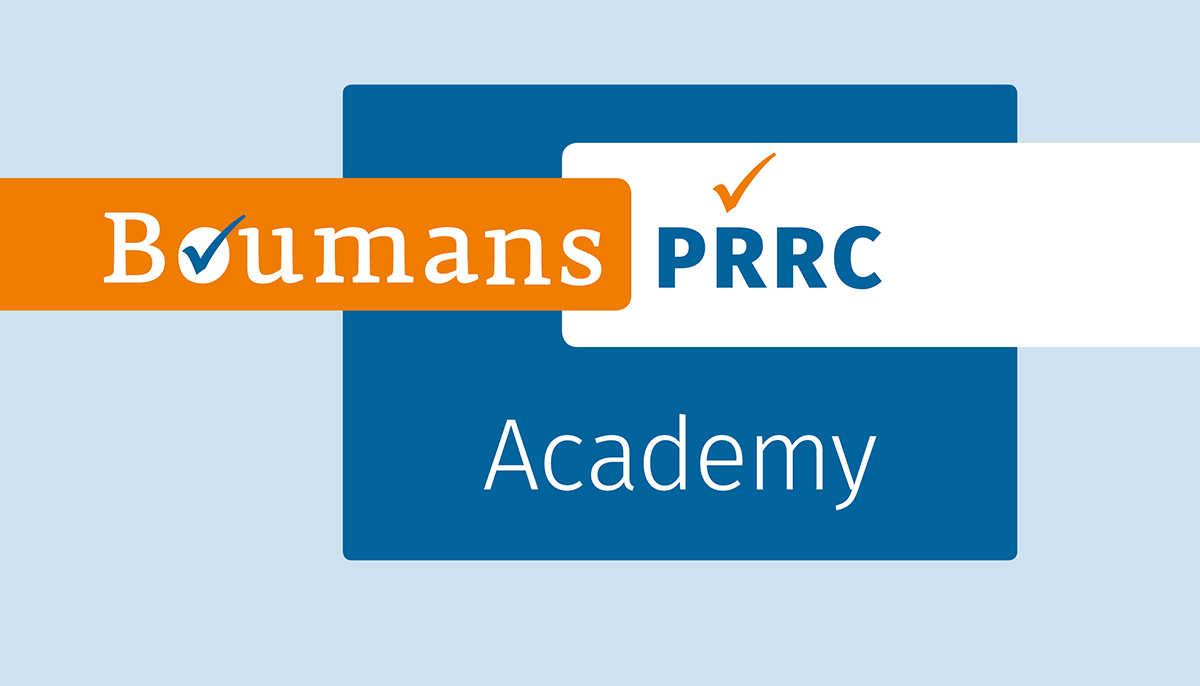Expiring certificate
At this moment AIMDD or MDD certificates may expire before a new MDR certificate is issued. In that case, a manufacturer may lose access to the EU market. MDCG 2022-18 provides guidance about how the Competent Authorities will handle the specific situation when a non-conformity is created by the expiration of a certificate while a new certificate was not obtained in time, despite a reasonable attempt by the manufacturer. This is just one measure that can be used to help smooth out the peak in certification, it is certainly not the silver bullet that will get rid of all certification issues. Below you can read some insight into the criteria that will be used for allowing a device on the market, while its certificate expired.
Busy competent authorities
A European Commission review from October 2022 shows that 21,000 certificates are expected to expire in 2023 and 2024. By September 2022, notified bodies were pushing out just under 200 certificates per month. It is likely this will increase, because the majority of those certificates came from notified bodies that were designated before 1 September 2021. Since then the number of notified bodies has grown from 23 in September 2021 to 32 in September 2022 and 36 in January 2023. Although most work will be done by the larger ‘early’ organizations, the yield will increase. But even if that production quadruples, it is clear that still thousands of certificates will expire before a new certificate can be issued. This also means that competent authorities will be busy with these requests. As a result, they will apply some tight criteria strictly. If you want to know if you would make a chance, enter data in the following two tables:
| Feasibility | yes | no |
| Is the device, or are the devices, covered by an MDD or AIMDD certificate? | ||
| Was the certificate valid at the time of expiration, or will it probably be valid at the time of expiration? | ||
| Has a notified body accepted the application for conformity assessment and signed in line with Annex VII, section 4.3? OR: is the company a small or medium-sized enterprise* AND is their current notified body not designated under the MDR AND have they tried multiple other notified bodies, but could not get a quote because they lacked capacity? | ||
| Is the device still significantly the same as on 25 May 2021? | ||
| Do they reasonably expect MDR certification would be feasible within the next 12 months? | ||
| Priority | Date | |
| Date when the certificate expired/will expire |
* Less than 250 employees, 50 million annual turnover, 43 million balance sheet total
Only if all boxes regarding feasibility result in ‘yes’ there is a chance of successful application. The only exception is in the case of small or medium-sized enterprises that have not found a notified body. This will have to be reviewed on a case-by-case basis. Competent authorities will have to manage their limited resources, so they will try to help companies with the highest urgency first. It is recommended only to apply in case the certificate already expired or will expire within six months, some competent authorities will even go for tighter prioritization.
Complexity of work
A single certificate may cover multiple devices. In order to limit the amount of work, competent authorities are expected to use a sampling strategy, similar to those of notified bodies. According to MDCG Guidance 2019-13, Class lla devices will be sampled per device category (devices with the same MDA/MDN code) and Class llb devices per generic device group (4th level of EMDN). Class llb-implantable devices and Class III devices will all be reviewed.
Although competent authorities have not communicated they will use sampling in the case of multiple devices, and how they want to do that, I made an educated guess about how they want to see this done: they will probably use the Basic UDI-DI, together with the sampling strategy of MDCG 2019-13.
Use the Basic UDI-DI to identify a device, models should be seen as part of the Basic UDI-DI. Also, if you want to get support with your application, the information from the below table will be used to estimate the amount of work that can be expected.
| Class according to MDR classification rules | Device categories (Class lla) or generic device groups (Class llb) | Basic UDI-DI plus the intended purpose of the device, list all devices |
| Class I-s/m/sm | n/a | |
| Class lla | Category 1 | |
| Category 2 | ||
| Etc. | ||
| Class llb – non-implantable | Generic device group 1 | |
| Generic device group 2 | ||
| etc. | ||
| Class llb – implantable* | n/a | |
| Class III | n/a |
* Sutures, staples, dental fillings, dental braces, tooth crowns, screws, wedges, plates, wires, pins, clips, and connectors are exempted (MDR Article 52(4))
Next up: the competent authorities
My guess is that the competent authorities will use the information from the first table to decide if they want to take up an application, and the information from the second table to ask for specific documentation. They will probably ask for a specific directory structure of documents, each identified by a specific naming convention, so they can do a very quick completeness scan.
Want help?
If you want help, reach out to me. For free I will let you know if I think you would stand a reasonable chance at such an application. Just share the data from the two tables with me, and I will let you know, if applicable together with a proposal. There is good news and there is bad news with that proposal. The good news is that I will expect to be invoicing a limited number of hours. The bad news is that you will have to do most of the work yourself, I will share instructions, forms, and checklists that you have to finish and I will check those results. In that way, I can help as many companies as possible.
Please send your request to: ronald@boumansconsulting.com





